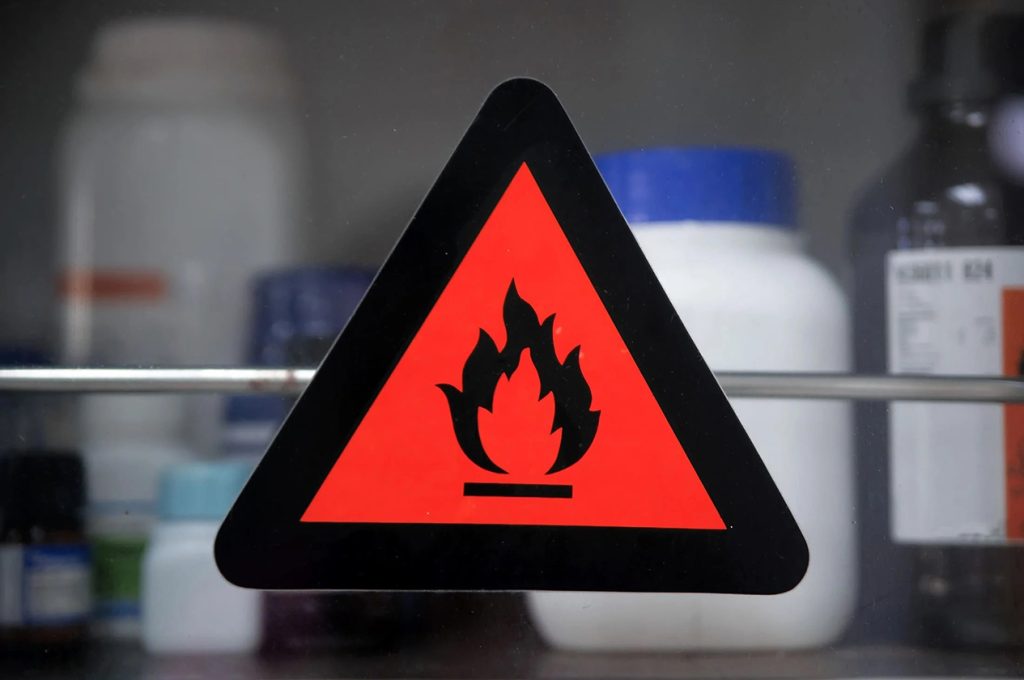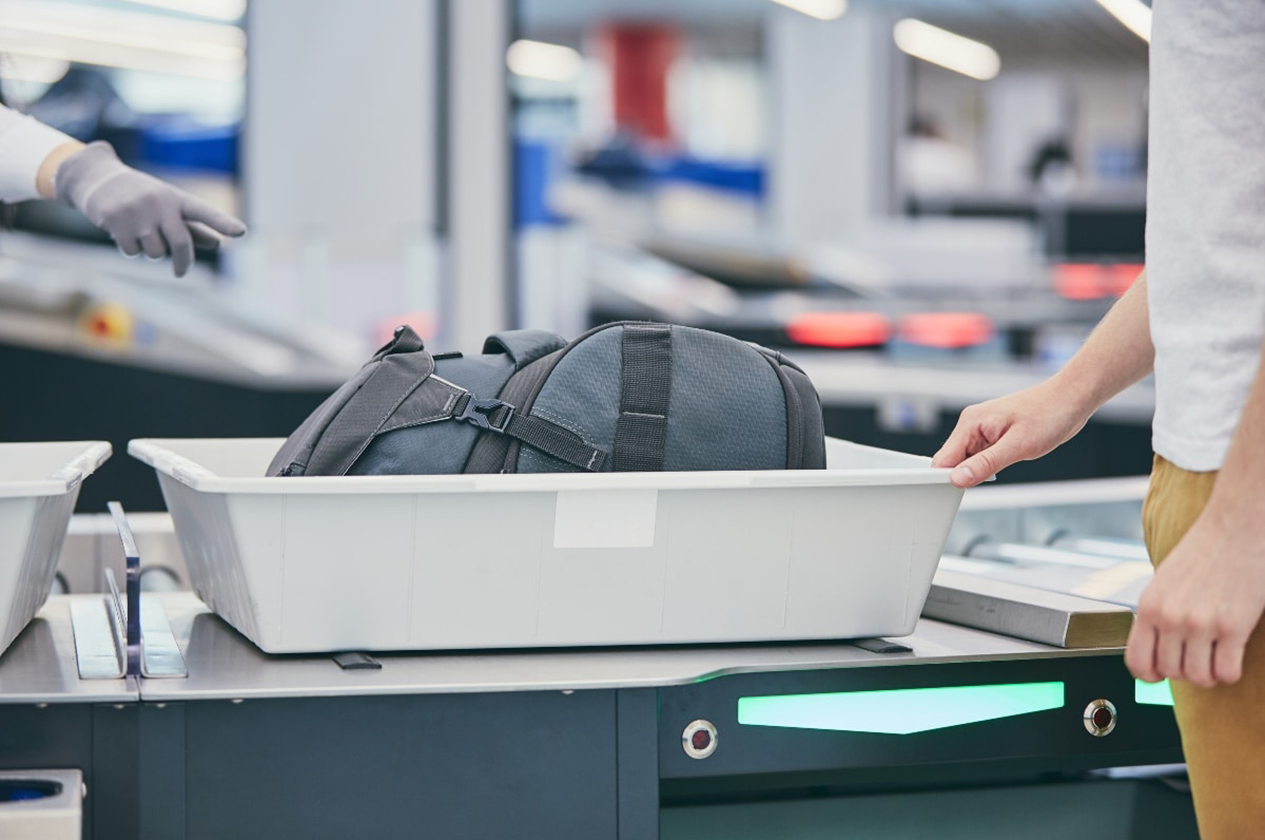One of my roles is to provide you with practical tips and essential information to make your journeys smoother and more enjoyable. Today, I’m diving into an important topic that can greatly impact your travel experience: what you can and cannot bring on a plane. Understanding these regulations not only ensures a hassle-free airport experience but also helps you avoid unnecessary complications and fines.
Airport Security Measures
Before we delve into specific items, it’s essential to grasp the significance of airport security. Security measures are in place to protect all passengers and ensure a safe flight. This involves checking what you can bring on board and what is strictly prohibited. Knowing these rules can save you time at the airport and prevent any unwelcome surprises.
Prohibited Items in the Cabin
When preparing for your flight, it’s essential to be aware of the regulations governing what you can and cannot bring on board. Here’s an in-depth look at some of the key restrictions and guidelines for both carry-on and checked luggage:
1. Liquids, Aerosols, and Gels
The International Air Transport Association (IATA) has implemented strict rules regarding liquids, aerosols, and gels to enhance passenger safety. Here’s what you need to know:
- Quantity Limits: Each container of liquid, aerosol, or gel must not exceed 100 milliliters (3.4 ounces). This includes commonly used items like beverages, lotions, shampoos, and creams.
- Packaging Requirements: All such items must be placed in a single, transparent, resealable plastic bag. The bag should have a maximum capacity of one liter (approximately a quart). This ensures that the contents are easily visible and manageable during security screening.
- Examples: Typical items that fall under this regulation include water bottles, hair gels, and facial cleansers. Note that while these items are allowed, they must adhere to the volume and packaging requirements to avoid being confiscated at security checkpoints.
- Why It Matters: This regulation is crucial for mitigating the risks associated with larger quantities of liquids, which could potentially be used to create hazardous substances or interfere with aircraft operations.
2. Sharp Objects
Certain items with sharp edges or points are strictly prohibited in the cabin for safety reasons:
- Examples: Knives, scissors with blades longer than 4 inches, and other sharp objects such as razor blades or box cutters fall into this category.
- Reason for Restriction: These items could be used as weapons, posing a significant risk to the safety of passengers and crew. To prevent potential threats, they must be securely packed in checked luggage.
- Allowed Alternatives: If you need to carry scissors or other similar items, ensure they are small and specifically designed for travel. Scissors with blades less than 4 inches are often allowed, but it’s always best to check with your airline beforehand.
3. Flammable Items

Flammable materials pose a serious risk of fire, which is why they are restricted from being carried in the cabin:
- Examples: This category includes lighters, matches, and any materials that can easily ignite, such as certain cleaning products or aerosol sprays.
- Handling and Restrictions: While a single lighter is generally allowed, it must be carried on your person rather than in your carry-on or checked baggage. Matches are also permitted in limited quantities, but they must adhere to airline policies and regulations.
- Safety Precautions: These restrictions are in place to prevent accidental ignition and ensure that the aircraft remains a safe environment for all passengers.
4. High-Powered Batteries
High-capacity batteries, particularly those used in electronics, are subject to specific restrictions:
- Examples: Lithium batteries, power banks, and spare batteries for devices fall into this category. These batteries can pose a fire risk if damaged or improperly handled.
- Carriage Guidelines: These items must be carried in your hand luggage rather than in checked baggage. There are often limits on the watt-hour (Wh) rating for lithium batteries, and it’s important to adhere to these limits to avoid potential hazards.
- Quantity and Size Limits: Airlines typically have restrictions on the size and number of batteries you can carry. For instance, batteries exceeding 100 watt-hours often require special approval or are subject to more stringent handling guidelines.
Restricted Items in the Cabin
Besides outright banned items, there are certain items that are allowed but come with specific restrictions:
- Medications: Essential medications can be brought on board, but it’s wise to carry them in their original packaging and have a doctor’s note or prescription if needed. This helps in verifying their legitimacy during security checks.
- Electronic Devices: Devices such as laptops and tablets must be removed from your bag and placed in a separate bin during screening. Sometimes, these devices may need to be turned on to demonstrate that they are functional.
- Food and Beverages: While you can carry food and beverages, they must adhere to the liquid restrictions if they are not solid. Alcoholic drinks are generally allowed, but their quantity is often limited.
Prohibited Items in Checked Baggage
Checked luggage also has its list of items that are not allowed:
- Hazardous Chemicals: This includes items like bleach, acids, and poisons. These substances are dangerous and could compromise the safety of the aircraft and its passengers.
- Compressed Gases: Items such as oxygen tanks and spray cans fall into this category. These items can be hazardous due to their pressurized contents and are generally not permitted in checked luggage.
- Large Amounts of Cash: Carrying large amounts of cash in your checked baggage can raise security concerns and is typically not advised. It’s better to keep such valuables with you.
Tobacco and Alcohol in Luggage
When it comes to tobacco and alcohol, regulations vary, but here are some general guidelines:

- Tobacco: You can carry a reasonable amount of tobacco products, but you should be aware of the limits imposed by the country you are entering. Exceeding these limits may result in fines or confiscation.
- Alcohol: Generally, you are allowed to bring one liter of alcohol per person in your checked luggage. If you exceed this limit, you may need to declare it and pay additional duties.
What You Should Declare to Customs
When arriving at your destination, you must declare certain items to customs:
- Excess Items: If you have more alcohol, tobacco, or other restricted items than the allowed limits, you need to declare them.
- Prohibited or Restricted Items: Some items may have specific restrictions or bans in the country you are entering. Declare any such items to avoid fines or legal trouble.
Sanctions for Violations
Failing to adhere to these regulations can result in various consequences:
- Fines: You may face fines for carrying prohibited items or exceeding allowed quantities.
- Legal Actions: In severe cases, violations could lead to legal actions or criminal charges, especially if the items are deemed particularly hazardous or illegal.
Being informed about these regulations helps you navigate airport security smoothly and ensures that you comply with international travel standards. By preparing in advance and understanding the rules, you can enjoy a stress-free journey and focus on the excitement of your travel adventures. Safe travels!



